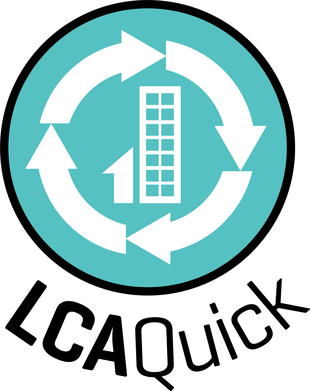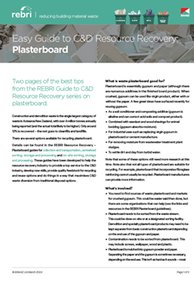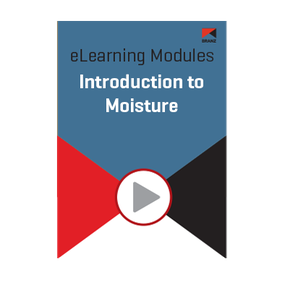
LCAQuickV3.6 Data Entry (June 2023)
Product Description
This is a lighter version of LCAQuick that allows you to sort and format your data correctly but does not contain the functionality to calculate environmental impacts. Once your data is in the correct format, you can copy and paste it into the full version of LCAQuickV3.6, which will then calculate the environmental impacts.
Please ensure that you are using Microsoft Excel from 2016 or later.
LCAQuick is a free tool developed by BRANZ that helps architects, designers and structural engineers make sustainable design decisions. It evaluates the carbon footprint and other environmental impacts of a building design. It can be used by anyone with an interest to understand the environmental impacts of buildings across the life cycle.
| Publication date | June 2023 |
|---|---|
| Product type | Download |
| Availability | Available |
| Product code | LCAQ002 |
Products you recently viewed
REBRI Easy Guide to C&D Resource Recovery: Plasterboard (PDF)
Two pages of the best tips from the REBRI Guide to C&D Resource Recovery series on plasterboard.
Features:
- What is waste plasterboard good for?
- What’s involved?
- Some things to think about
- Examples from those out there doing it
Disclaimer: Please note that our publications reflect the regulations and best practices on the date of release, which is shown on the publication. As regulations and industry standards evolve, we always recommend that our publications be read in conjunction with the latest building code clauses and standards.
Module: Introduction to moisture
Moisture can make its way into a house in a range of ways - exterior, interior, ground and construction. This module focuses on the effects of moisture on houses and the people who live in them.
Topics covered in this self-paced module:
- Where does it come from?
- Why is it important?
- In the past
- Library of useful material
Gain 100% in the test at the end of the module, and you'll receive a record of your completion that can be submitted as part of your CPD activity log.

